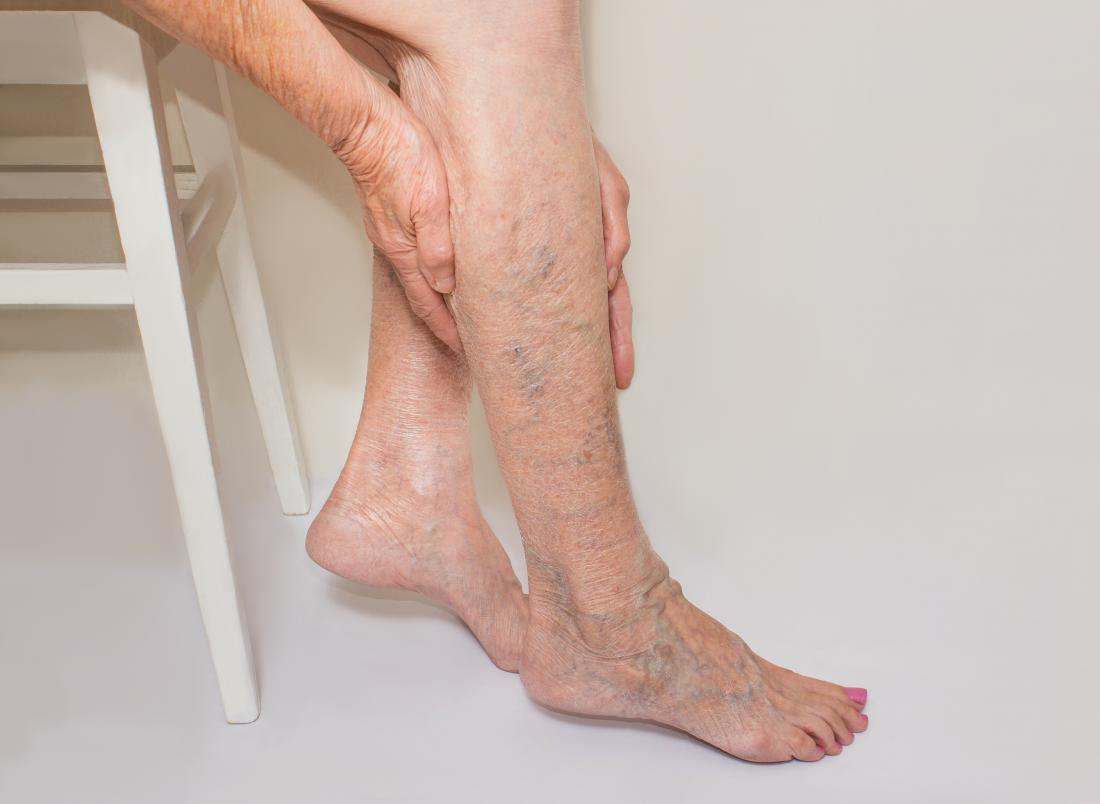Varicose Veins: Beyond Bulging Blues – Understanding, Preventing, and Treating Visible Veins
Those unsightly, bulging blue lines snaking across your legs. They’re not just aesthetic nuisances; they’re varicose veins, a surprisingly common condition affecting millions worldwide. While often harmless, they can also lead to discomfort, pain, and even complications if left untreated. But fear not, fellow vein warriors! This guide delves into the world of varicose veins, equipping you with the knowledge and options to confidently conquer those blues and reclaim your leg landscape.
Demystifying the Varicose Villain:
Varicose veins arise from a simple yet crucial function gone awry – returning blood to the heart. Damaged or weakened valves within veins allow blood to pool and bulge, resulting in those visible, serpentine blues. While genetics and age play a role, various factors can contribute to their formation, including:
- Gender: Women are more prone to varicose veins due to hormonal changes during pregnancy and menstruation.
- Pregnancy: Increased blood volume and pressure during pregnancy can strain leg veins.
- Family history: Genetics, unfortunately, can give you a leg up (or down) on varicose veins.
- Standing/sitting for extended periods: Occupations or habits involving prolonged leg immobility increase the risk.
- Obesity: Excess weight puts additional pressure on leg veins.
Unveiling the Signs and Symptoms:
Not all blues are varicose villains. But watch out for these telltale signs and symptoms:
- Visible, bulging veins: The most obvious clue, these veins often appear twisted, purple, or blue.
- Aching, discomfort, or heaviness in the legs: Especially pronounced after standing or sitting for extended periods.
- Itching, burning, or throbbing sensations: These can signal inflammation or irritation associated with varicose veins.
- Swelling in the ankles or feet: Chronic venous insufficiency, a potential long-term consequence of varicose veins, can lead to ankle and foot swelling.
- Skin changes: In severe cases, varicose veins can cause discoloration or thinning of the skin around the ankles.
Early Intervention – Your First Line of Defense:
While varicose veins may not always require medical intervention, proactive lifestyle changes can significantly reduce their development and progression:
- Maintain a healthy weight: Reduce pressure on your veins by shedding excess pounds.
- Exercise regularly: Physical activity improves blood circulation and strengthens leg muscles.
- Elevate your legs when resting: Raise your legs above your heart to promote blood flow.
- Wear compression stockings: These can help minimize swelling and discomfort.
- Avoid prolonged sitting or standing: Take breaks to move around and keep your blood flowing.
- Maintain a healthy diet: Limit salt intake and eat plenty of fruits, vegetables, and whole grains.
Battling the Bulges: Treatment Options for the Bold:
If lifestyle changes alone aren’t enough, various treatment options exist to banish those varicose blues. Your doctor will assess your specific case and recommend the most appropriate approach:
Minimally Invasive Interventions:
- Sclerotherapy: A solution is injected into the vein, causing it to collapse and eventually fade away.
- Laser ablation: Laser energy heats and seals the vein, causing it to close.
- Radiofrequency ablation: Similar to laser ablation, this uses radiofrequency energy to close the vein.
Surgical Solutions:
- Phlebectomy: Ambulatory surgery where the surgeon removes the varicose vein through small incisions.
- Ligation and stripping: A more extensive procedure involving tying and removing the main varicose vein.
Beyond the Treatment Battlefield: Embracing Long-Term Wellbeing:
Remember, conquering varicose veins isn’t just about cosmetic victories; it’s about preventing potential complications like skin ulcers and blood clots. Maintaining healthy habits, regular follow-up with your doctor, and addressing any new symptoms are crucial for sustaining your leg-tastic health.
A Final Step: Embracing Confidence and Community:
Living with varicose veins can sometimes feel like a solo battle. But remember, you’re not alone! Connect with support groups and resources – share your stories, learn from others, and empower yourself with knowledge and community. And above all, don’t let those blues dim your shine. Embrace your journey, explore treatment options, and reclaim your confident stride, because even with a few visible veins, your legs are still capable of carrying you to amazing heights.


